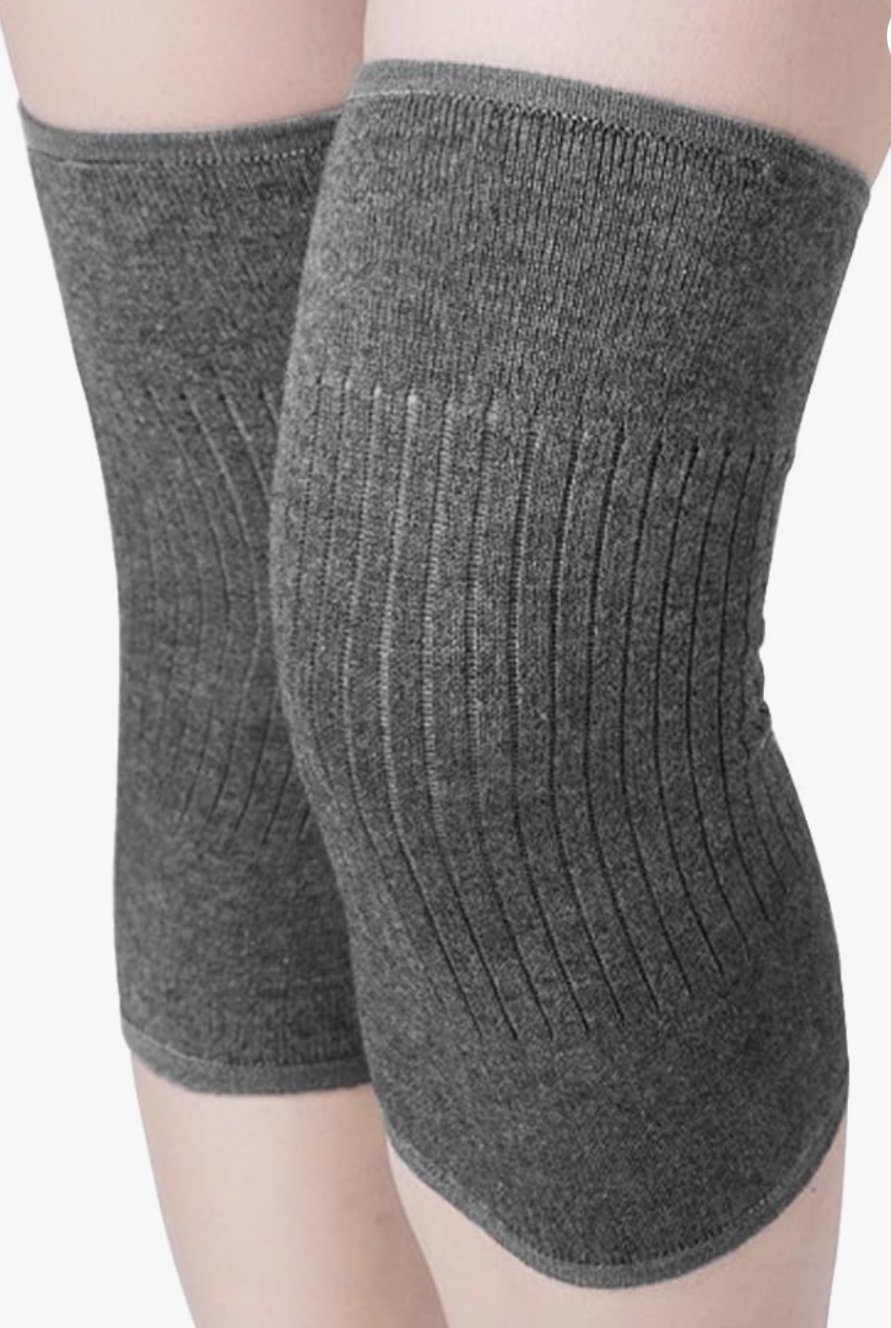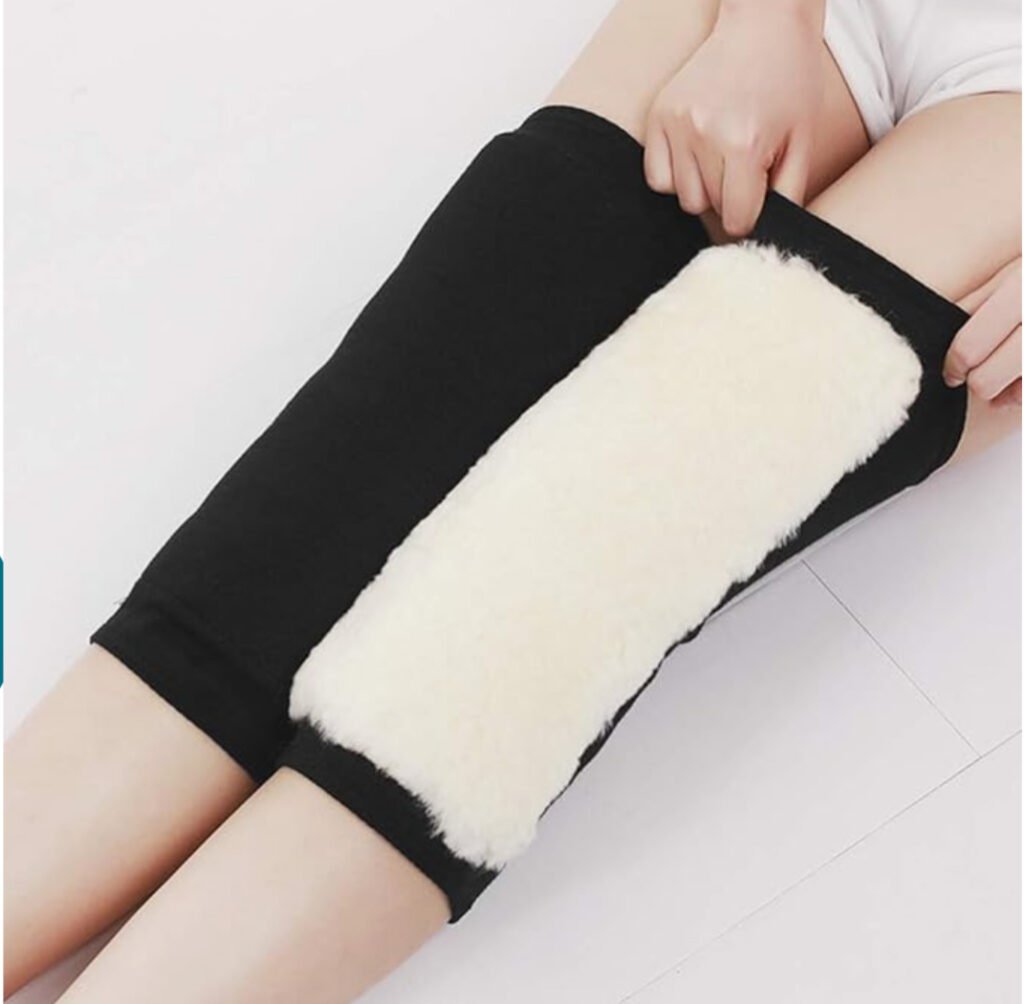The Health Benefit of Wool


wool warmer
Wool has several health benefits due to its natural properties, making it an excellent material for clothing, bedding, and therapeutic products. Here are some key health benefits of wool:
1. Temperature Regulation
Insulation: Wool is a natural insulator. It helps maintain body temperature by trapping air and providing warmth in cold conditions. It can also keep you cool in warmer weather by wicking moisture away from the body.
Breathability: Wool fibers can absorb moisture and allow it to evaporate, keeping the skin dry and reducing the risk of overheating or chilling.
2. Hypoallergenic and Antimicrobial Properties
Dust Mite Resistant: Wool is naturally resistant to dust mites, which are a common allergen. This makes wool bedding and clothing a good choice for those with allergies or asthma.
Antimicrobial: The natural lanolin in wool has antimicrobial properties, which can help reduce odor and the risk of bacterial growth. This makes wool an excellent choice for clothing, especially for activewear and socks.
3. Moisture Management
Wicks Moisture: Wool can absorb up to 30% of its weight in moisture without feeling wet. This keeps the skin dry and reduces the risk of rashes, blisters, and other skin irritations.
Comfort: By managing moisture effectively, wool helps prevent the discomfort associated with damp, clammy clothing, especially in active or outdoor environments.
4. Skin Health
Gentle on Skin: High-quality wool, such as Merino or Cashmere, is soft and gentle on the skin, reducing the likelihood of irritation. It’s often used in garments for people with sensitive skin.
Therapeutic Use: Wool garments, wraps, and pads are often used therapeutically to help relieve joint pain and stiffness by providing consistent warmth and gentle compression, which can improve circulation and reduce inflammation.
5. Breathability and Air Quality
Improves Air Quality: Wool can help regulate humidity levels in indoor environments by absorbing and releasing moisture. This can lead to improved air quality and a more comfortable living environment.
6. Sustainable and Chemical-Free
Eco-Friendly: Wool is a renewable, biodegradable material, and it doesn’t require harmful chemicals for processing. Wearing wool can reduce exposure to synthetic materials and chemicals that may cause skin irritation or other health issues.
7. Fire Resistance
Naturally Flame Resistant: Wool is less flammable than synthetic fabrics due to its natural moisture content and protein structure. This makes it a safer choice for bedding and clothing, especially for children.
8. Pain Relief and Circulation
Warmth for Pain Relief: Wool garments, such as knee warmers, are often used to relieve joint pain, especially in conditions like arthritis. The warmth provided by wool can help soothe aching muscles and improve blood circulation.
9. Mental Well-being
Comfort and Calm: Wearing wool can provide a comforting, cozy sensation, which can contribute to feelings of calm and relaxation. This is especially beneficial in stressful environments or for individuals who experience sensory sensitivities.
These health benefits make wool a highly valued material for a variety of uses, particularly in therapeutic, outdoor, and everyday clothing.













